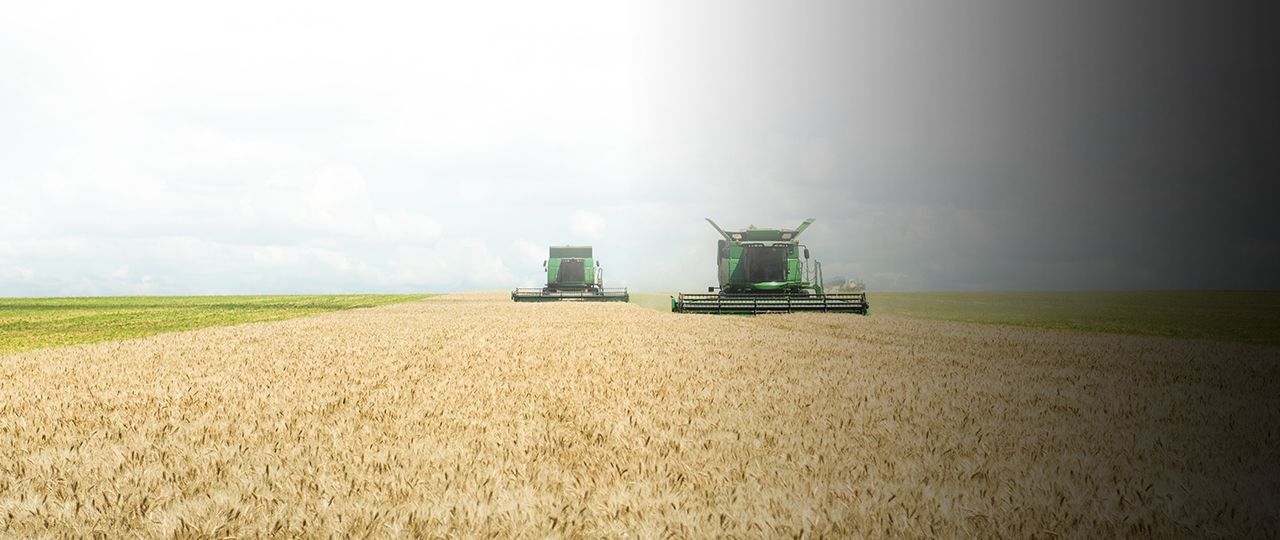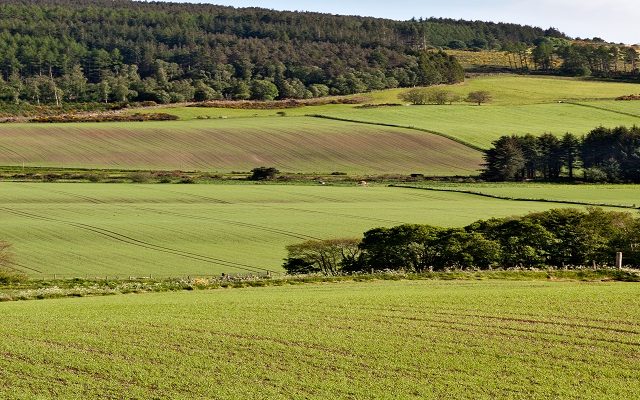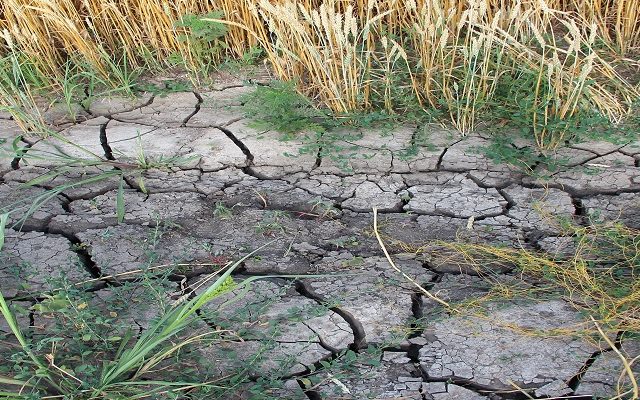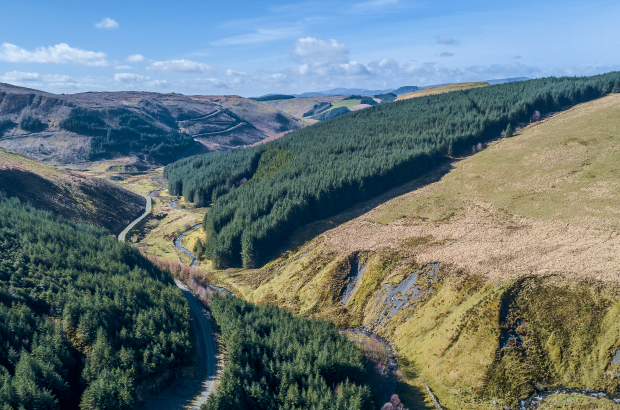Land Business | Joining Forces: “Together, partners can be more than the sum of their parts”
As farmers and landowners face a period of extraordinary uncertainty – with Brexit, Michael Gove’s emerging agricultural policy, the new regime for farm payments and the threat of climate change – collaboration has never been more important.
Yet, according to the CLA’s Redefining Farming report, published last autumn, the UK agricultural sector is falling behind the rest of Europe when it comes to formal and informal arrangements, both between producers and throughout the supply chain.
That’s a pity, because strategic and well-planned collaboration has been shown to reduce costs, increase yields and boost efficiency. It can also be the key to sustainable landscape management.
That’s not to say collaboration isn’t happening. The CLA’s survey of more than 1,000 members found that 77% contract services in or out, 41% take part in discussion groups and 27% buy and sell in groups. However, too many farmers and landowners are missing out on opportunities to form beneficial partnerships.
There are many reasons why these aren’t happening. There may be a sense of mistrust or a concern that collaboration won’t lead to the best returns. Farmers may believe that they already have access to the labour, resources and equipment they need. Others may simply not know people willing to collaborate.
Collaboration takes many forms. It can be simple, such as sharing equipment, or it can be through merging and pooling machine and labour resources into one business. There are examples where that approach can save £30-£40 an acre – the equivalent of half the subsidy cheque.
There is scope for collaboration between landlords and tenants – for instance, in accessing opportunities for development grants for capital investment in storage or water resources. Collaborations between farmers can also maximise landscape benefits. Working together across a wider range may profitably offset one farm’s production against delivering better environmental value.
It’s true that collaboration can be far harder in the arable sector. Supply chain arrangements tend to produce the greatest gains for those who are more closely linked with the consumer. It’s easier to get pork, lamb or beef into a niche position in the marketplace than feed wheat.
But there are still opportunities in arable: Warburtons and Heygates, for instance, have aligned wheat supplies from farmers who are able to commit to longer-term contracts.
The key point is not to collaborate for collaboration’s sake: there has to be a good business case. If there is any conflict in terms of objectives or aspirations, then it simply won’t work. Formal collaboration can involve a huge shift in the psychology of a business.
When it comes to supply chain collaborations, it is vital to understand your importance in the marketplace – and to make sure you understand what you are signing up for, what your liabilities are, and what happens when you don’t supply.
It can help to have similar attitudes when agreeing to collaborate. But collaborations can also be strong when they bring together different and complementary skill sets. We’ve seen successful joint ventures where one farmer is a brilliant business strategist and the other is great at growing crops. Together, they are greater than the sum of their parts.
There is room for ad hoc arrangements, which may be fine for small collaborations – but formal arrangements can be essential, particularly if there is an issue between parties.
Regular discussions between partners are also key. Our role at Strutt & Parker can often involve acting almost as a mediator or interpreter between two farmers, or the supplier and customer.
Whatever their position, farmers and landowners should ask themselves if they can reduce costs and improve efficiency through collaboration – and whether existing partnerships can be strengthened. It may have only marginal benefits and shave just 2-3% off costs – but those savings can add up to a significant impact on the bottom line.
Download this article as a PDF
Read more
This article originally appeared in Strutt & Parker’s magazine Land Business Spring/Summer 2018. Read the full magazine here.






